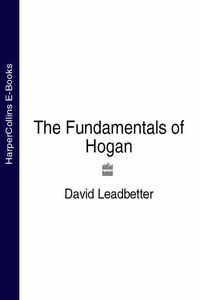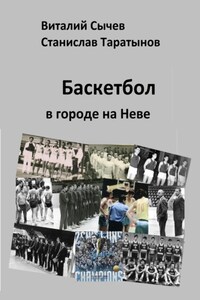Like many golfers, I have always enjoyed reading instructional books. As a youngster I found myself so fascinated with reading what Arnold Palmer, Jack Nicklaus and Gary Player, the big three, as they were known, had to say about the swing that I often slipped a golf book inside the cover of a Latin textbook during school. The game of golf really intrigued me—far more than the ancient Romans did. Eventually I turned professional at the age of eighteen. I continued to read and experiment at every opportunity while I played tournaments and also while I taught the game at the club where I was working. I was curious about how one author adhered to a particular idea while another would state what seemed to be the exact opposite—yet each writer put forward a solid case for his theories. For me, golf books and learning about the swing were endlessly fascinating; I was barely through a new idea before I would go out to try it. Sometimes I even did this after work, with my car’s headlights on. By now I’ve amassed a library of instructional books, and still enjoy referring to them and studying them. My office at home is full of instructional books wherever I look, and I often find myself reaching for one, almost absent-mindedly, because, I suppose, there’s always something to learn. It might be something that six-time British Open champion Harry Vardon wrote; or an idea from the work of Bobby Jones, Byron Nelson, Ben Hogan, Sam Snead, Nicklaus, or Tom Watson. The compelling aspect of golf to me is that, as long as I’ve taught the game, I’m still learning about it.
Of all the books in my library, Hogan’s have absorbed me the most. I was always aware of his reputation as a consummate ball-striker, and so I turned to his writings with great interest. I wanted to find out what the master said, whether he was writing in magazines, in his first book Power Golf, or his classic Five Lessons: The Modern Fundamentals of Golf. I have reread Hogan’s writings many times, and have learned so much from them. I’ve analyzed his work endlessly, or so it seems to me. I continue to think about Hogan’s ideas and to learn from them. I have also adapted some of Hogan’s ideas while developing my own. I have examined from many angles what Hogan had to say.
In particular, I have had a deep and abiding interest in Five Lessons, which began as a series of lessons in the magazine Sports Illustrated. This book was the direct result of Hogan working on his own swing. Hogan was relentless in his pursuit of a correct, powerful, and repeating swing, and he eventually achieved that goal. He tested his swing in the ultimate crucible of competition at the highest levels—the major championships—and found that it stood up. Hogan won two Masters, four United States Opens, one British Open (the only one he entered), and two PGA Championships, all between 1946 and 1953. No wonder he felt he had something to contribute to the game through the written word.
After Hogan was satisfied that he’d built a swing he could depend on under pressure, he was ready to write Five Lessons. The book began as a series of five articles that Sports Illustrated published in 1957. In June 1956, the magazine had sent its golf writer Herbert Warren Wind, along with the illustrator Anthony Ravielli, to meet Hogan in his hometown of Fort Worth, Texas. Hogan at first had only one instructional article in mind on, as Wind later wrote, “the basic elements of the correct golf swing.” But Wind and Ravielli asked Hogan if he would consider a series of articles on the steps he would suggest to a golfer willing to work steadily on his swing so that he could improve. Hogan liked the idea, and the threesome worked on the project at the Colonial Country Club in Fort Worth. A second meeting took place in early January 1957, and the first of five articles was published in Sports Illustrated in its March 11, 1957 issue. The five installments in the magazine became Five Lessons, which was published later that same year.
Five Lessons: The Modern Fundamentals of Golf differed in both content and presentation from Hogan’s first book, Power Golf, published in 1948. Five Lessons has been a golfing bible for many players of all levels. Every tour player with whom I’m acquainted has read the book. Mark O’Meara, the 1998 Masters and British Open champion, first met Hogan in 1980. O’Meara had won the 1979 United States Amateur using Hogan clubs. He signed with the Hogan equipment company to play its clubs after he turned professional, at which time Hogan told him during their first meeting that he had learned the swing piece by piece, having thought about it night after night, and then trying out his ideas the next day on the practice tee. Hogan kept what worked and discarded what proved inadequate to his plan of building a reliable swing. O’Meara never forgot their conversation, and built his own swing segment by segment.














